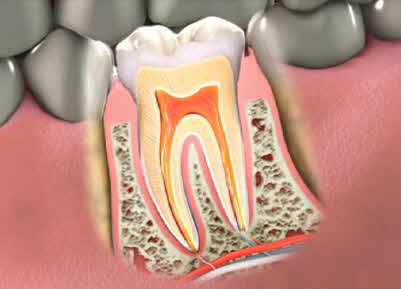Some people have the perception of a root canal being the worst dental procedures around.
Still, the root canal treatment (RCT) is at times, the only way to salvage a damaged tooth. When the decay or infection reaches the inside of the tooth and involves the pulp, it must be removed and filled with a sterile and stable material. Advancements in dentistry have improved the outcome of root canal treatment by leaps and bounds.
How does the dental pulp become infected?
The dental root canal system contains blood vessels and nerves that contribute to the teeth’s health. Whenever the outer layers of your teeth are neglected, infection and decay can spread and eventually reach the root canals. This will then damage the blood vessels and nerves, causing tissue necrosis. Symptoms such as painful, swollen, and even abscessed will follow.
What does the procedure involve?
The root canal will first be cleaned and the damaged tissue removed. Local anesthesia is given to make ensure you’re comfortable. To perform root canal treatment, the dentist will access the tooth’s pulp chamber with a drill. Once the entire area is cleaned, a temporary filling will be placed and left there for a week. During the second visit, the root canal will then be filled if there is no signs or symptoms. A crown will eventually be placed to protect the tooth from fracturing.
What should I expect after RCT?
Over-the-counter pain medications are usually sufficient in dealing with the discomfort that follows. Eat a soft diet and avoid sugary foods. With proper care, the tooth that received root canal treatment may even last a lifetime.




